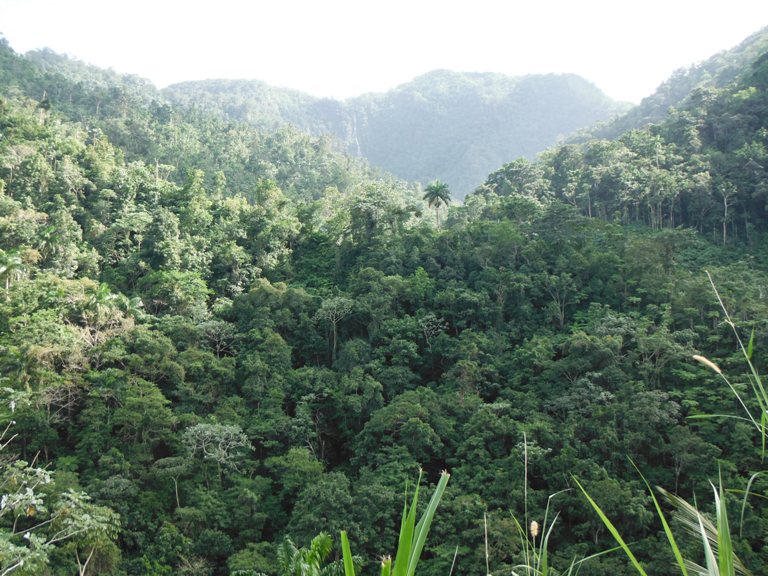 Guantánamo stands out among the provinces with the greatest forest heritage in the country, based on the promotion of plantations, adequate silvicultural management and the increase in micro-nurseries specialized in the propagation of native and endangered species.
Guantánamo stands out among the provinces with the greatest forest heritage in the country, based on the promotion of plantations, adequate silvicultural management and the increase in micro-nurseries specialized in the propagation of native and endangered species.
This work involves cooperatives, forestry enterprises, the Flora and Fauna Enterprise, the provincial system of protected areas, among other economic players who contribute to the care and reforestation of different areas of the territory.
In this sense, the State Plan for Facing Climate Change (Tarea Vida) has an influence, whose measures have been implemented in recent years under the indicators of sustainable management to preserve forests and increase forest areas.
The main reforestation scenarios are the Guantánamo-Guaso and Toa watersheds of national interest, as well as the southern coastal strip and the municipality of Baracoa, as these are the main areas affected by the Tarea Vida, where it is necessary to intensify practices to preserve water, soil and forests.
In these actions, the territory is distinguished by the silvicultural treatment and specialized attention to mangroves on the coasts of Baracoa, Caimanera and within the perimeter of the Alejandro de Humboldt National Park, included in the list of Natural Heritage of Humanity.
Work is also being done in the forests of the semi-arid zone of the province, as part of the work to protect the forest heritage and at the same time mitigate the effects of climate change in Guantánamo.
Guantánamo continues its work to reduce the risks of forest fires, the reforestation program of the watersheds and the Tarea Vida project, in favor of protecting this natural resource.